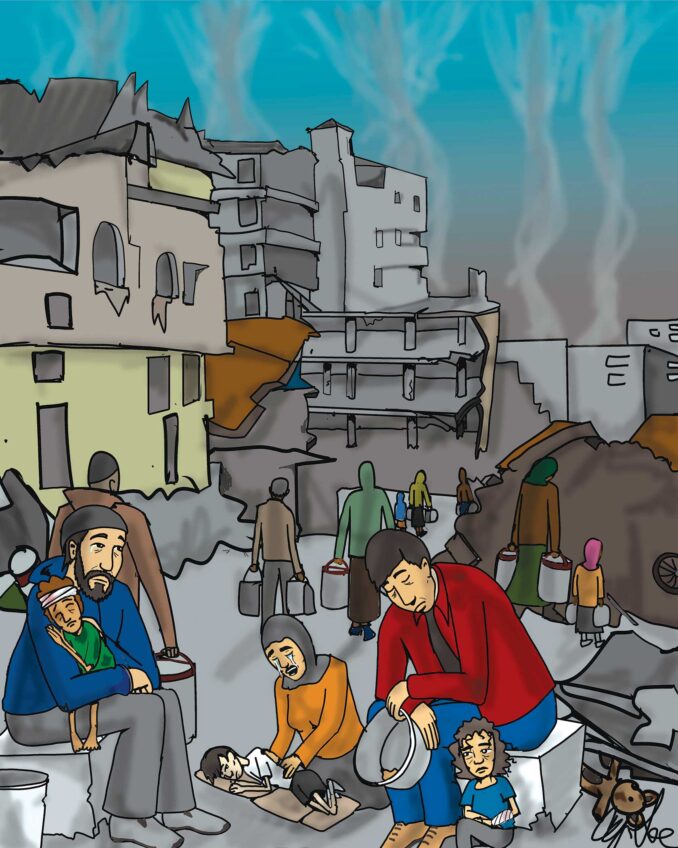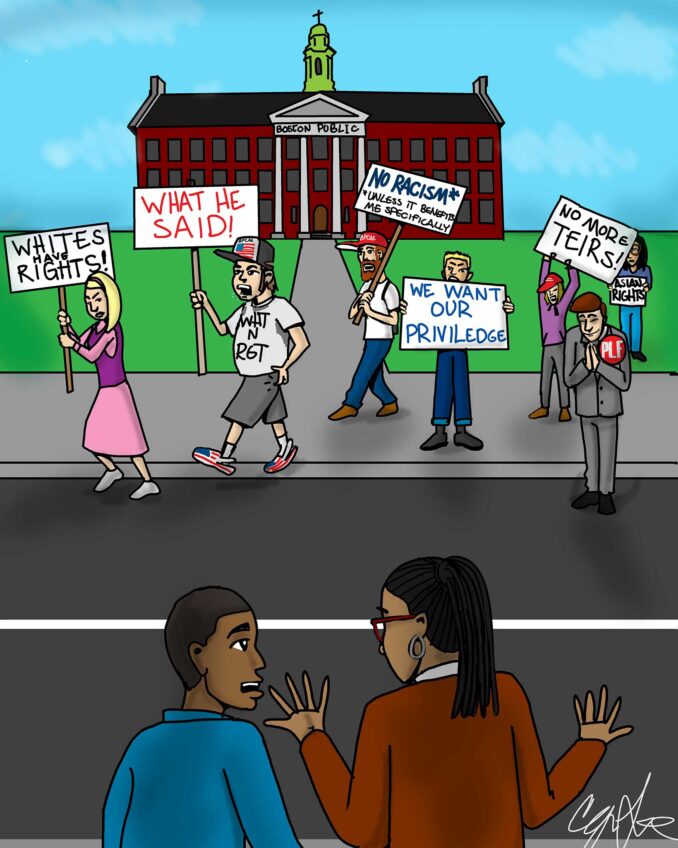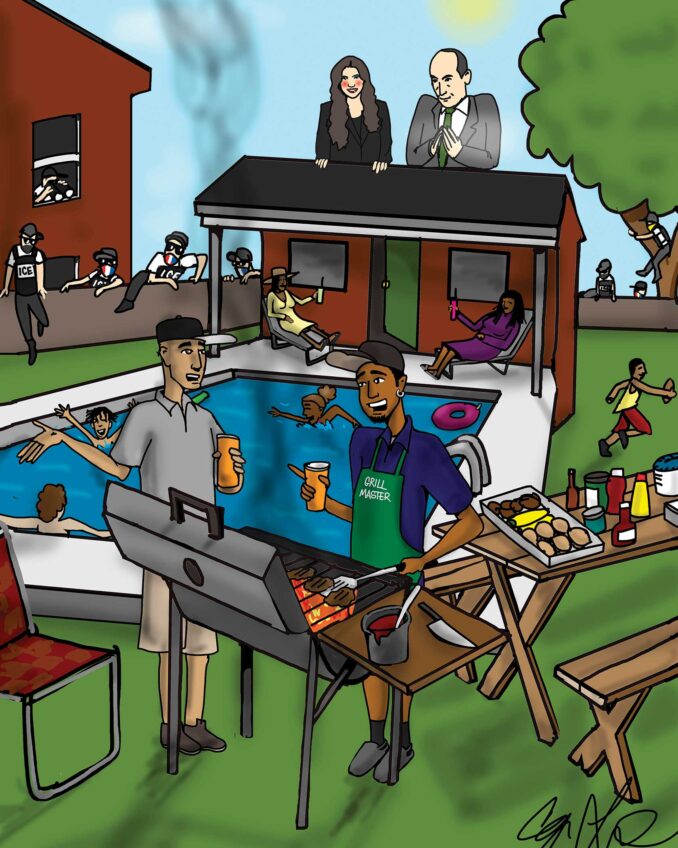There is a good reason for the euphoria legions of Blacks feel and express about the historic first of two African American quarterbacks, Patrick Mahomes and Jalen Hurts, facing off in the Superbowl. It’s been a long, agonizing, painful road for them and the NFL to get to that historic point.
I still remember as if it was yesterday that warm fall evening at the Los Angeles Coliseum in 1973. The Los Angeles Rams quarterback James “Shack” Harris, an African American, got the start in a preseason game against the then-San Diego Chargers. It seemed nearly all Black Los Angeles packed the Coliseum that night to see Shack’s performance. When he tossed a touchdown pass, the Black fans exploded in near delirium. It was more than a pass, more than football, more even than a game to them. They saw this as striking a blow against the Jim Crow racism that for decades blighted one football position, the quarterback.
At least on that memorable night, Shack, to them seemed to refute something I often heard my uncle, a consummate NFL junky, say about the long-standing NFL bar to Blacks as quarterbacks, “They’d rather lose with a lousy quarterback than to win with a good Black quarterback.”
Though Shack in 1974 became the first Black quarterback to make the Pro Bowl, it was still a rocky road ahead for Black quarterbacks.
The formal ban on Blacks in the NFL was firmly in place from 1934 to 1946. After the ban was lifted, an informal ban remained rigidly in place against Blacks at quarterback. It took another four years before George Taliaferro became the first Black to start for an NFL team at quarterback in 1950. During the next two decades, the number of Blacks that played the position sparingly could be counted on one hand.
The NFL template to enforce the color bar at quarterback went like this: No matter how talented a Black college quarterback was during those years, no NFL team would draft him to play quarterback. If a team did draft him, he would get in the game only if there was an injury to the starting white quarterback, and he was the last resort. Then he would throw almost no passes. More commonly, if drafted, he’d immediately be switched to another position, usually defensive back or wide receiver.
Doug Williams’ record breaking Superbowl performance in 1987 is held up as the benchmark for the reversal of fortune for Black quarterbacks in the NFL. Since 1990, there have been at least five Black quarterbacks in the NFL every season.
Yet despite the near-dozen relatively successful Black quarterbacks in the NFL, led by Lamar Jackson, Hurts and Mahomes, the old notions die hard. In many circles, Black quarterbacks are still seen as primarily runners first, “dual threat” in the popular parlance, or branded as “great athletes” not as “great quarterbacks.” Hurts, as late as 2020, was still asked if he would switch positions. His answer was a firm “no.”
A 2015 study in the Journal of Sports Economics pointed to one other lingering dilemma for Black quarterbacks — the margin for failure for them is paper-thin. The study found that Black quarterbacks in the NFL were far more likely to be benched for any real or perceived failure on the field than a white quarterback.
Much is being made about the “historic first” of a Superbowl with two Black quarterbacks facing off. This in itself is the greatest cautionary reminder about the NFL’s sordid past treatment of Black quarterbacks. Fortunately, at least for this game anyway, that has seemingly changed.
Earl Ofari Hutchinson is an author and political analyst.






